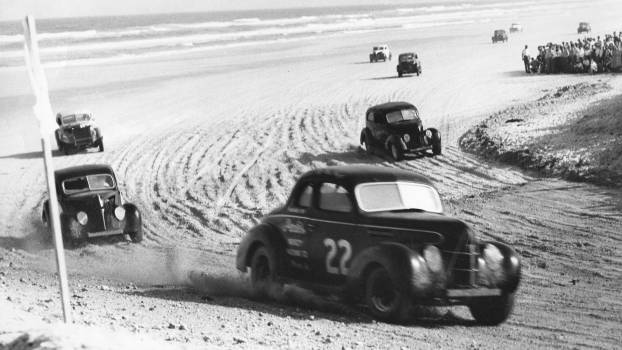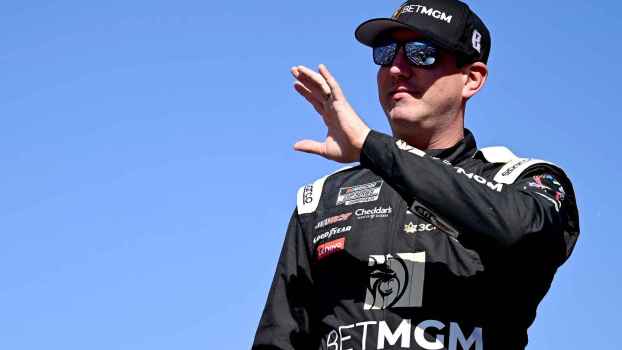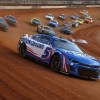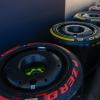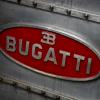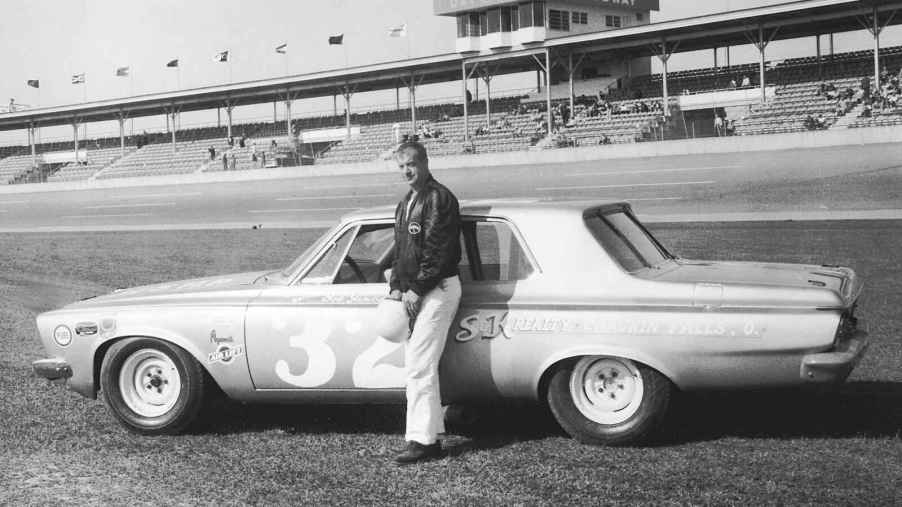
NASCAR’s Early Days Were Fueled by Bare Stock Cars and Moonshine
On paper, the “SC” in NASCAR stands for Stock Car. Anyone familiar with motorsports and with a dictionary handy might find that a surprise. There’s nothing “stock” about NASCAR cars: each is a relentlessly tuned, altered, and optimized machine barely resembling any showroom model. These days, “stock cars” are production vehicles with modifications installed for racing purposes.
If that’s the case, why “stock”? Did NASCAR ever race unmodified consumer vehicles? The answer is yes.
Bare stock cars were prolific in NASCAR’s early years
Per the NASCAR Hall of Fame, the organization’s very first race was between stock cars on an ordinary road. That race, run on the beach road route at Daytona, won by Red Byron in a stock Ford coupe, set expectations for decades. From 1948 to 1966, NASCAR was strictly stock. Part of the sport’s appeal was competition between vehicles fans could go out and buy themselves.
What happened?
When did stock cars start getting customized for NASCAR racing?
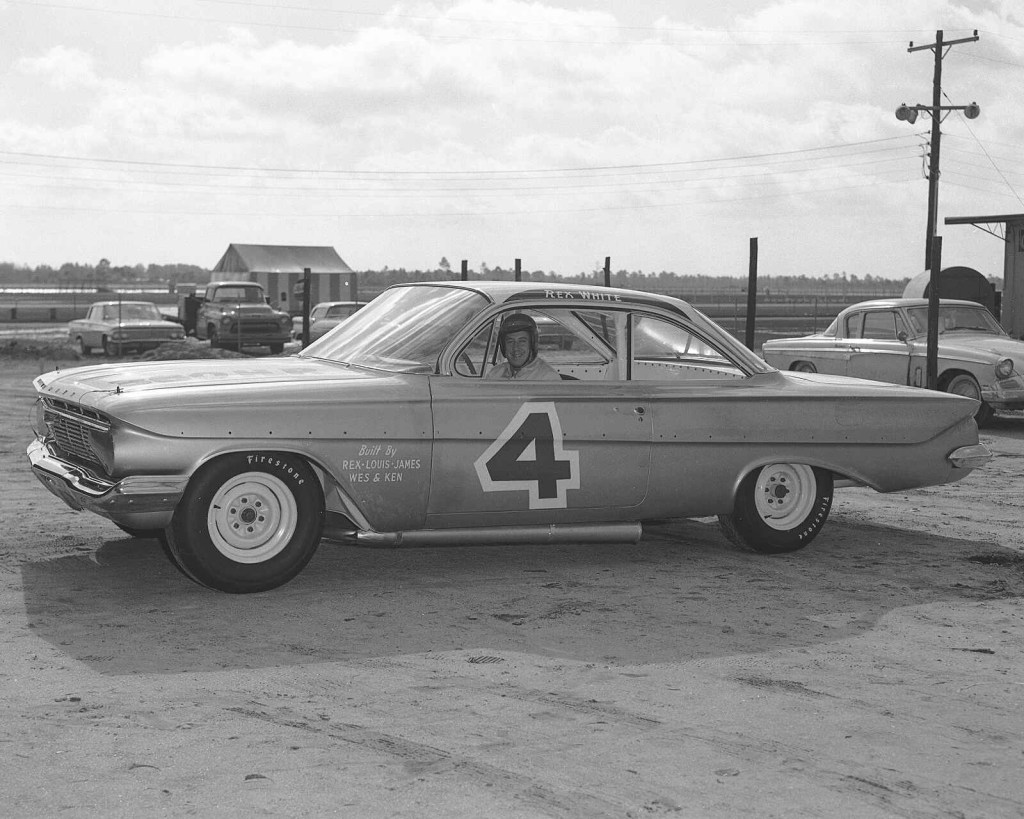
It took many influences over many years for NASCAR cars to evolve from showroom-stock models to 750hp mutants barely recognizable as the street cars they once were.
To start with, there was moonshine.
As the History Channel has explained, “rum running” and “whiskey tripping” peaked during Prohibition but stuck around well into the 1960s and 1970s in Southeastern states, where strict local laws made running homemade liquor a) illegal and b) profitable. Drivers supplemented their race winnings with illicit liquor money, and vice versa, until modifications popular with moonshiners made their way into organized racing. Legends of the sport ran shine: Raymond Parks, one of NASCAR’s most successful early owners, was a kingpin in Georgia’s illegal liquor trade, and a whiskey still built by Junior Johnson, probably the sport’s best-known ex-bootlegger, stands at the Hall of Fame to this day.
What ingenious rednecks pioneered, pro racing teams perfected. By the 1960s, “strictly stock” had turned into an arms race of how extensively crack crews could modify street-legal vehicles into dedicated racing machines. At the same time, NASCAR steadily introduced new regulations to guarantee safety and fair competition.
How NASCAR-modified cars compare to their street-legal counterparts
In theory, all the cars in NASCAR are still modified street models. NASCAR allows only three vehicles in each of its series. The Cup Series, NASCAR’s flagship, runs modified Ford Mustangs, Chevrolet Camaros, and Toyota Camrys. The second-tier Xfinity Series keeps the Mustangs and Camaros but swaps the Camry for a Supra. The Truck Series races Ford F-150s, Chevrolet Silverados, and Toyota Tundras.
Modern NASCAR racers have little in common with their street-legal originals. Autoweek notes that NASCAR mandates a whole list of requirements for competitors, notably the Next Gen body template, rear-wheel drive, and pushrod V8 engines.
